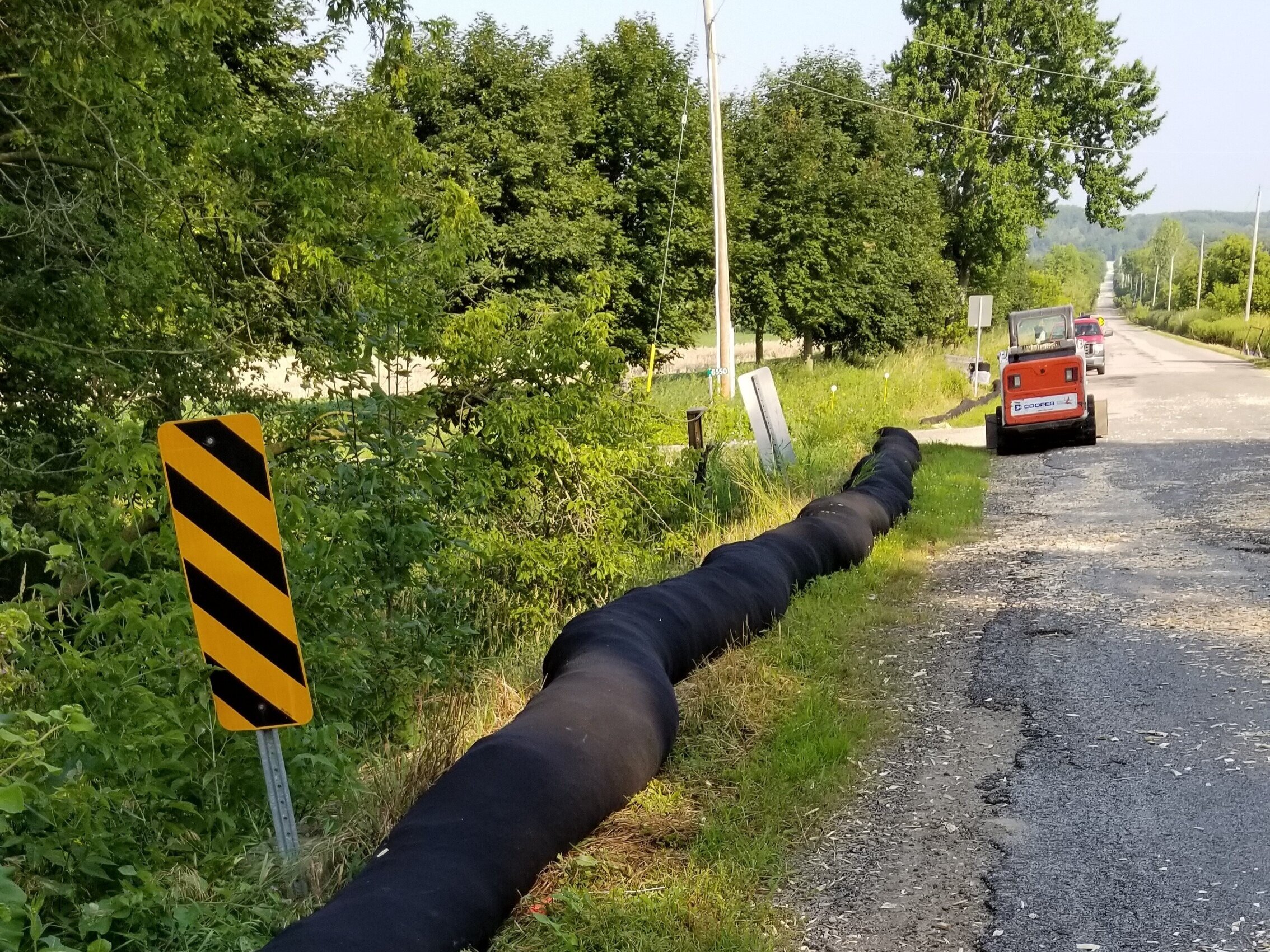Ideal Practices for Disintegration Control in Construction Projects
Are you working on a construction job and worried regarding disintegration control? In this article, we will guide you with the best practices for preventing disintegration on your site. Memphis Erosion Control Solutions hydroseeding. Get ready to take on erosion head-on and ensure the success of your construction task.
5 Essential Erosion Control Methods

To successfully regulate erosion on your construction website, you'll need to carry out vital techniques such as incline stabilization and debris control actions. Incline stablizing is critical in avoiding dirt disintegration on high slopes. One more efficient strategy is the usage of erosion control blankets or mats, which are put on the incline and aid maintain dirt bits while allowing plant life to expand.
Effective Debris and Overflow Monitoring

You can successfully take care of debris and overflow in your building and construction project by applying correct erosion control actions. Debris and overflow management is important to avoid erosion and protect the surrounding environment. One effective procedure is the installation of silt fences along the perimeter of the construction website. These fences assist to include sediment and stop it from getting in neighboring water bodies. One more crucial method is the application of erosion control blankets or floor coverings. These coverings supply a safety layer on bare dirt, lowering the impact of rainfall and avoiding disintegration. In addition, making use of debris containers or debris catches can help to catch debris and prevent it from entering stormwater systems. Normal upkeep of these procedures is important to guarantee their efficiency throughout the building and construction task. This includes inspecting and cleansing debris containers and consistently replacing silt fencings and disintegration control coverings as required. By implementing these disintegration control actions, you can efficiently manage sediment and runoff in your building and construction project, decreasing the impact on the environment and following regulatory needs.
Secret Factors To Consider for Incline Stablizing
When considering slope stablizing, it's essential to analyze the terrain and recognize potential locations of instability. You need to thoroughly take a look at the slope's attributes, such as its structure, angle, and water drainage patterns. Try to find indications of erosion, such as revealed origins, cracks, or down dirt. These signs can give you an idea of where stabilization measures may be necessary.
One more option is to plant plants on the incline, as the origins can assist anchor the soil and control erosion. In addition, installing disintegration control coverings or floor coverings can provide prompt protection while plant life ends up being recognized.
It's important to on a regular basis keep track of the supported slopes to ensure their efficiency. Keep an eye out for any type of signs of activity or disintegration, and take prompt activity if essential. Routine upkeep, such as checking and repairing any kind you can look here of damaged steps, is also important to ensure lasting security.
Finest Practices for Plants and Soil Security
One reliable way to secure greenery and dirt on slopes is by regularly checking for indications of disintegration and taking instant activity if needed. Start by examining the slope for any type of indicators of disintegration, such as subjected roots, bare soil spots, or sediment buildup at the base. Implement disintegration control measures such as setting up erosion control coverings, mulching, or even building retaining wall surfaces if required.
Implementing Appropriate Drainage Equipments
When it comes to taking care of water flow and preventing erosion, recognizing these elements is necessary. Steeper slopes can lead to faster water circulation, boosting the danger of disintegration and flooding. On the various other hand, gentler slopes enable water to move much more slowly, lowering erosion possibility.
Sandy soils have a tendency to drain pipes faster due to their rugged structure, while clay soils have a slower water drainage rate due to their portable nature. Additionally, considering the soil characteristics assists prevent waterlogging, which can lead to bad plant development and damages to frameworks.
Conclusion
In verdict, when it comes to disintegration control in building projects, you should comply with these ideal practices. Consider slope stablizing techniques to guarantee the security of the site. By following these necessary practices, you can efficiently regulate erosion and make sure the success of your construction job.
To efficiently manage disintegration on your building site, you'll landscape garden require to execute crucial strategies such as incline stabilization and sediment control steps. Slope stablizing is critical in protecting against soil erosion on steep slopes. An additional efficient strategy is lawn and landscaping services near me the use of disintegration control blankets or mats, which are placed on the incline and help keep dirt fragments while allowing vegetation to expand. An additional alternative is to plant vegetation on the slope, as the roots can aid secure the soil and control erosion. Implement disintegration control measures such as setting up erosion control blankets, mulching, or even creating keeping wall surfaces if required.